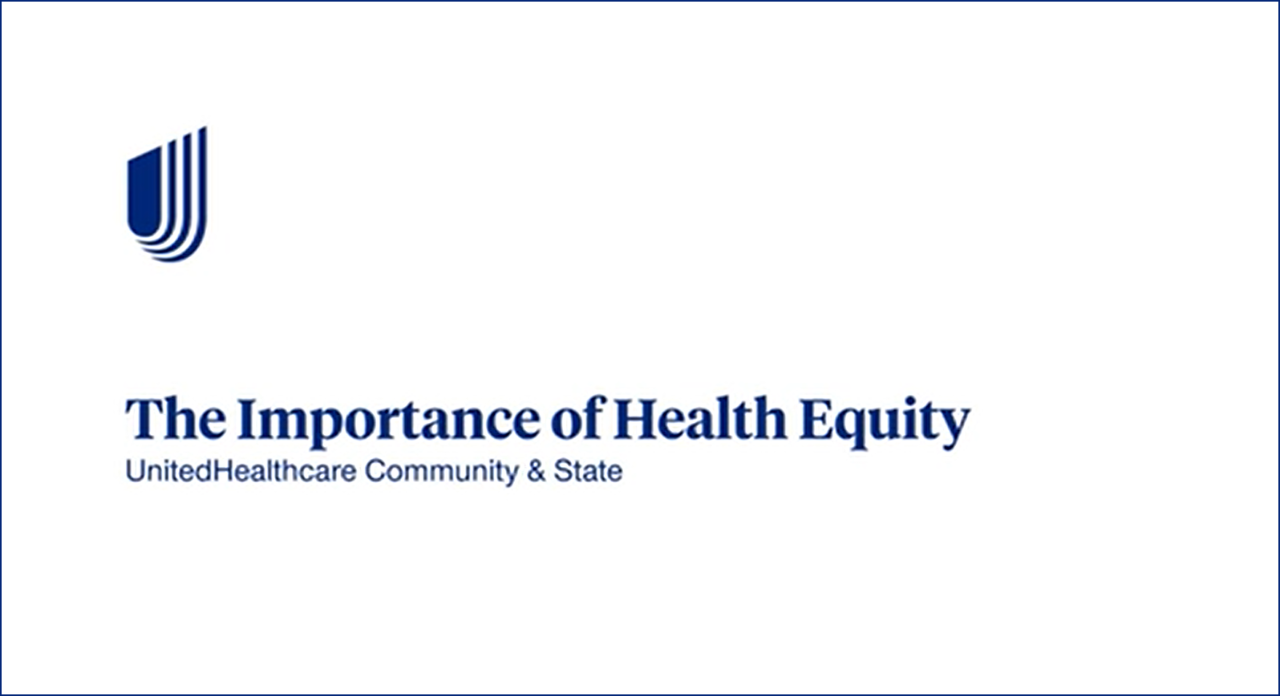At UnitedHealthcare Community & State, we’re committed to making the health care system work better for everyone. One important way we do this is by working to address disparities that prevent people from living their healthiest lives.
We partner with local and national organizations to gather and evaluate data, design innovative programs, and invest in communities across the country with the goal of closing gaps and improving health equity.
Health Equity overview
Health equity means everyone has a fair and just opportunity to achieve their full health potential and be as healthy as possible. However, many factors such race, ethnicity, gender, income, geography, sexual orientation, and disability status can influence a person’s health outcome. To achieve health equity, we must work to address individual, societal, and environmental barriers to health.
Community investing
Community investing is a way to provide financial resources to individuals and communities that are economically disadvantaged, under-resourced and/or medically underserved. We have implemented a strategy that employs community investment grants, tax credits, and social impact investments to partner with communities and improve health and well-being.
Social Drivers of Health
Social risk factors, commonly known as social drivers of health (SDOH) are adverse social, economic, and environmental conditions that lead to poor health outcomes. Some examples of SDOH include housing, nutrition, transportation, employment, and interpersonal violence. It is estimated that medical care only accounts for 20% of a person’s health. The other 80% of health outcomes are driven by SDOH.


